Extremely Rare Meteorite That Contains Some of the Oldest Material in the Solar System Discovered in Antarctica
“The size of a bowling ball but twice the weight of a bowling ball.”
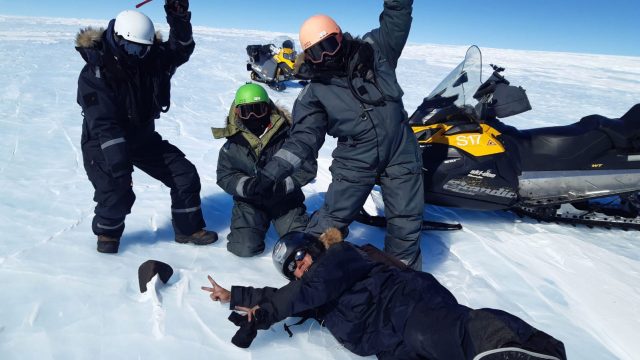
A rare meteorite that contains some of the oldest material in the solar system was discovered in Antarctica earlier this month, scientists say. Weighing 17 pounds, the space rock described as about "the size of a gourd" was discovered on January 5th by an international team at the tail end of an 11-day expedition.
"When we saw this one just sitting by itself in the middle of the blue ice, we all got so excited," Chicago Field Museum researcher Maria Valdes told the Chicago Tribune. It's one of the largest meteorites ever found on Antarctica and probably originated between Mars and Jupiter. Read on to find out more fascinating facts about this unique discovery.
1
"This Was Really the Mother Lode"
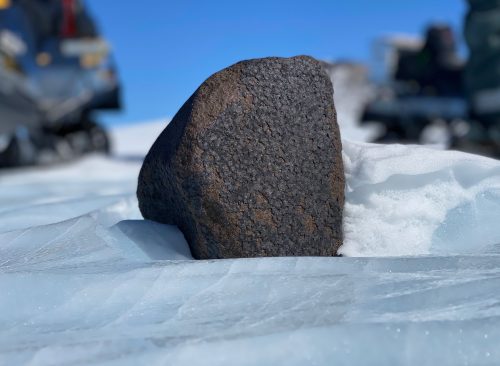
Researchers were just about to conclude their ground search for meteorites when they made the surprising—and surprisingly large—discovery. "We knew that if we found a meteorite, this was really the mother lode," Valdes told the Tribune. "On the last day, the last hour."
The rock they discovered was "the size of a bowling ball but twice the weight of a bowling ball," said Valdes. Out of 45,000 meteorites found in Antarctica in the last century, only 100 were that size or larger, Chicago's Field Museum said. Most have only weighed a few grams.
2
A Rare, Massive Find
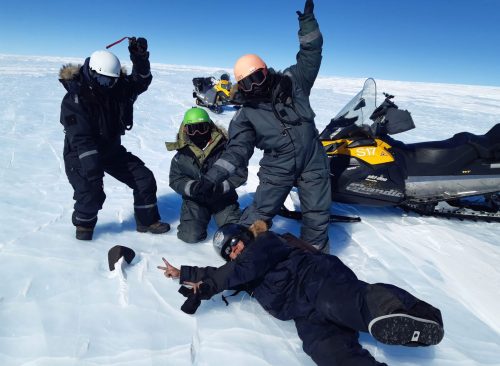
The meteorite contained a "fusion crust," a glassy outer layer that slightly melted when it entered the atmosphere. It had signs of wear, which signified it had been on Earth for ages. Scientists believe it consists of chondrite, indicating it originated in the asteroid belt between Mars and Jupiter, which is known to contain some of the oldest material in the solar system. The Royal Belgian Institute of Natural Sciences is now analyzing the rock.
"All meteorites have something to say about the evolution of Earth," said Valdes. "Size doesn't necessarily matter when it comes to meteorites, and even tiny micrometeorites can be incredibly scientifically valuable, but of course, finding a big meteorite like this one is rare, and really exciting."
3
Freezing Land a Hotspot for Meteorites
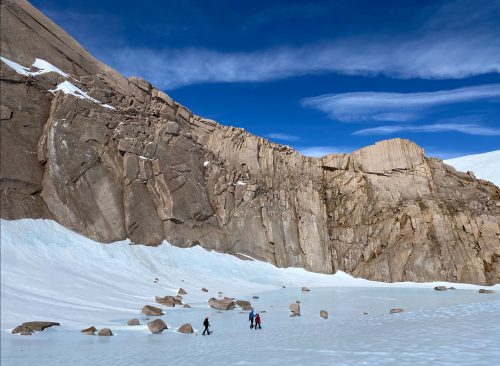
Antarctica is a bit of a treasure trove for meteorites. The freezing conditions are ideal for preserving specimens, and the dark rocks are easy to spot against snow and ice. Meteorites tend to gather in specific regions known as meteorite stranding zones, which are created by weather patterns and the movement of the ice. To guide their search, the scientists followed a "treasure map" of recent meteorite finds. It led them to a massive discovery.
Not to say the expedition was easy: Even though it was summer in Antarctica, temperatures averaged 10 degrees below zero. "Going on an adventure exploring unknown areas is exciting," said lead researcher Vinciane Debaille of the Université Libre de Bruxelles in Brussels. "But we also had to deal with the fact that the reality on the ground is much more difficult than the beauty of satellite images."
4
Space Rocks Contain Valuable Clues
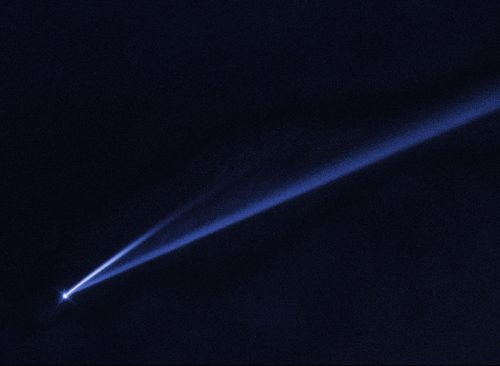
Scientists value meteorites because they can contain ancient information about the solar system. "Studying meteorites helps us better understand our place in the universe," said Valdes in a press release. "The bigger a sample size we have of meteorites, the better we can understand our solar system, and the better we can understand ourselves."
5
Just Weeks After Another Major Find
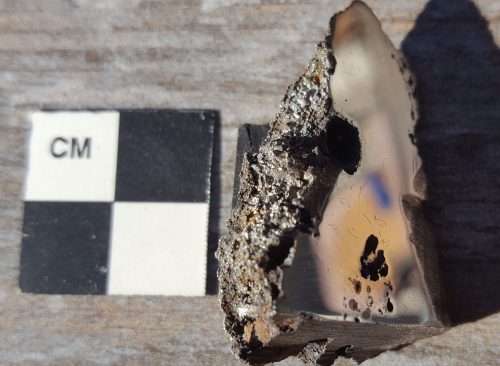
The news comes less than two months after Canadian scientists said they'd discovered that a massive meteorite contains two minerals previously unseen on Earth. Scientists at the University of Alberta analyzed the 15-ton rock, which they believe is the ninth-biggest ever to hit the planet. The rock was found in Somalia two years ago, and locals say it's much older. They dubbed it "Nightfall" and have mentioned it in poems and songs for more than five generations. The meteorite could reveal clues about how asteroids form, the university said.














